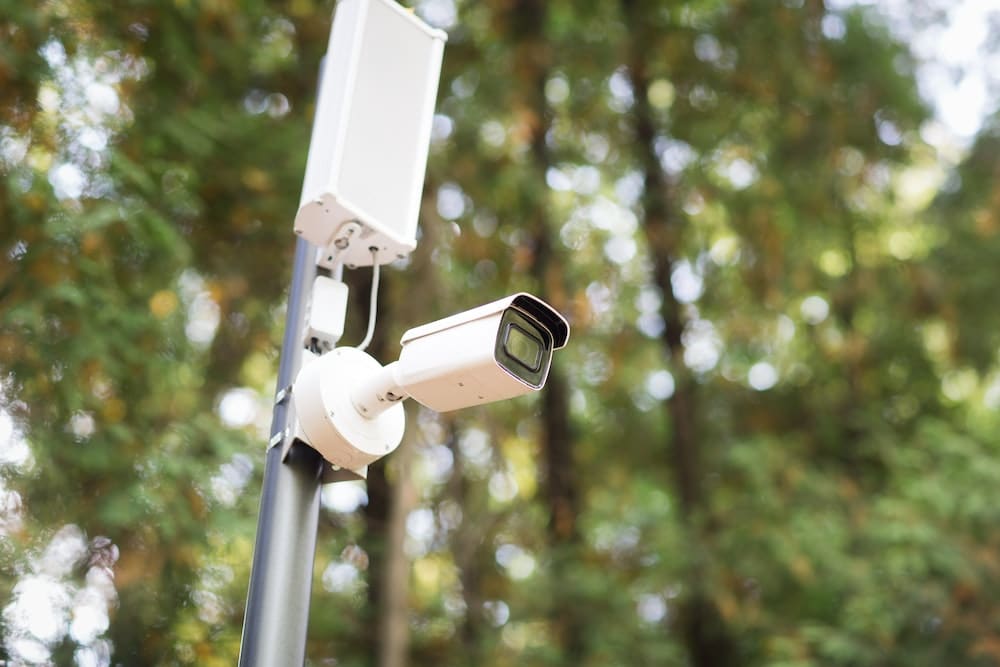Can AI-Enhanced Drones Provide More Effective Coastal Surveillance?

Introduction
The proliferation of drone technology has brought with it a myriad of potential applications. Not least among these is the use of drones, or Unmanned Aerial Vehicles (UAVs), in coastal surveillance. The vast expanse of the world’s coastlines makes them challenging to monitor using traditional methods. From smuggling to illegal fishing, various nefarious activities can occur in these under-monitored areas. As such, the need for more efficient, comprehensive, and cost-effective surveillance systems has never been greater.
Leveraging drones for surveillance isn’t a new concept. However, the recent advent of Artificial Intelligence (AI) has given rise to the possibility of more advanced, autonomous UAVs that can deliver more effective, data-driven surveillance. But can AI-enhanced drones truly provide more effective coastal surveillance? This article delves into this subject, analyzing the potential merits and drawbacks of employing AI-enhanced drones in maritime surveillance.
A découvrir également : How Are Digital Twins Being Utilized in Personalized Medicine for Treatment Simulation?
AI-Enhanced Drones: Revolutionizing Coastal Surveillance
In an era defined by technological advancement, AI is at the forefront. When coupled with drone technology, AI can revolutionize coastal surveillance. Data collection, processing, and decision-making can all be significantly improved with the integration of AI into UAV systems, transforming maritime security operations.
AI-enhanced drones can be programmed to follow specific flight paths, accurately capturing images and videos of vast coastal areas. These images can be analyzed almost in real time by AI systems, which can identify patterns, track objects, and detect anomalies. Unlike human operators, AI systems can work around the clock, analyzing data at speeds far beyond human capabilities. This translates into more efficient surveillance operations, quicker response times, and ultimately, enhanced maritime security.
A voir aussi : What Are the Latest Innovations in Li-Fi Technology for Faster Internet?
Moreover, AI-enhanced drones can be equipped with advanced sensors, enabling them to capture a wide range of data. This includes thermal imaging for night operations, sonar for underwater mapping, and even acoustic sensors for detecting underwater activities.
The Data Factor: How AI Enhances Drone Capabilities
Data is at the heart of any surveillance operation. Human operators are naturally limited in their ability to process large volumes of data accurately and in real-time. AI, however, has the potential to eclipse these limitations.
AI systems can quickly analyze vast amounts of data collected by drones, identify patterns, and draw conclusions that might elude human observers. This feature is particularly important in coastal surveillance, where recognizing suspicious behavior among the constant movement of ships can be like finding a needle in a haystack.
AI can also learn from past data, improving its predictive capabilities over time. Through machine learning, AI systems can teach themselves how to identify signs of illegal activities, such as smuggling or human trafficking. The more data they analyze, the more accurate they become.
Privacy and Security Concerns in the Era of AI-Enhanced Surveillance
While AI-enhanced drones offer several advantages in coastal surveillance, their use also raises important privacy and security concerns. These unmanned systems can potentially infringe on individual privacy rights if not properly regulated.
Moreover, the cybersecurity risks associated with AI-enhanced drones can’t be overlooked. Hackers might attempt to take control of these drones, manipulate the data they collect, or use them for malicious purposes. Therefore, robust cybersecurity measures are crucial to ensure the secure operation of these drones.
Despite these challenges, proper regulation and adequate security measures can mitigate these privacy and security threats. It’s a delicate balance to strike, but one that is fundamental to the successful integration of AI-enhanced drones into coastal surveillance.
Looking to the Future: The Role of AI-enhanced Drones in Coastal Surveillance
As technology continues to advance, the role of AI-enhanced drones in coastal surveillance is likely to grow. These drones can provide comprehensive, real-time data analysis, making them invaluable tools in modern maritime security operations.
However, it’s essential to remember that they are tools, not replacements for human operators. AI can process data, recognize patterns and make predictions, but it lacks the human abilities of intuition and judgement. Thus, while AI-enhanced drones hold great promise for coastal surveillance, their use should be complemented with human oversight.
In the years to come, the successful integration of AI-enhanced drones into coastal surveillance will likely depend on how well we can navigate these challenges and exploit the potential of this technology. With careful planning and rigorous regulation, AI-enhanced drones could indeed provide more effective coastal surveillance.
Harnessing AI-Enhanced Drones for Regional Security in the Indo-Pacific
The oceans of the Indo-Pacific region are bustling with activities, both legal and illegal. As drone proliferation continues, regional security forces are exploring new ways to leverage this technology for coastal monitoring. The combination of artificial intelligence and drone technology presents a promising solution.
AI-enhanced drones can operate in real time, capturing high-resolution images and feeding this data into AI systems for rapid analysis. This real-time remote sensing capability is particularly crucial in the Indo-Pacific, a region marked by vast coastlines and high maritime traffic. AI-enhanced drones can monitor these vast expanses in higher detail and greater efficiency than traditional methods, making them invaluable assets in boosting regional security.
Google Scholar and Crossref are awash with studies extolling the benefits of AI-enhanced drones in maritime security. These unmanned aerial vehicles can detect suspicious activities, such as illegal fishing or smuggling operations, by identifying patterns and anomalies in the data they collect. This ability to make sense of vast data sets swiftly and accurately makes AI-enhanced drones highly effective tools for coastal surveillance in the Indo-Pacific.
The emergence of military drones with AI capabilities takes this a step further. Beyond surveillance, these drones can execute precise, targeted operations based on the intelligence they gather, bringing a new dimension to maritime security operations.
However, while AI-enhanced drones hold immense potential, it’s crucial to maintain human oversight in their operation. AI’s decision-making capabilities, while impressive, lack the human judgement that’s essential in the complex and nuanced realm of maritime security.
Conclusion: Navigating the Future of Coastal Surveillance with AI-Enhanced Drones
In conclusion, the future of coastal surveillance in the Indo-Pacific and beyond looks set to be shaped by AI-enhanced drones. These unmanned aerial vehicles have the potential to revolutionize maritime security, delivering real-time, high-resolution surveillance that can detect illegal activities with unprecedented accuracy and speed.
However, the successful integration of AI-enhanced drones into coastal surveillance will hinge on our ability to sensibly navigate the challenges they present. This includes addressing privacy concerns, ensuring robust cybersecurity measures, and maintaining the essential human element in surveillance operations.
As more research studies on this subject are published on platforms like Google Scholar and Crossref, we gain a better understanding of how to harness the potential of AI-enhanced drones while mitigating their risks.
Looking forward, careful planning, rigorous regulation, and continuous technological advancement will be crucial in ensuring that AI-enhanced drones fulfill their promise of providing more effective coastal surveillance. As we ride the wave of technological progress, we must ensure that this exciting technology is used responsibly and effectively for the betterment of regional and global maritime security.
